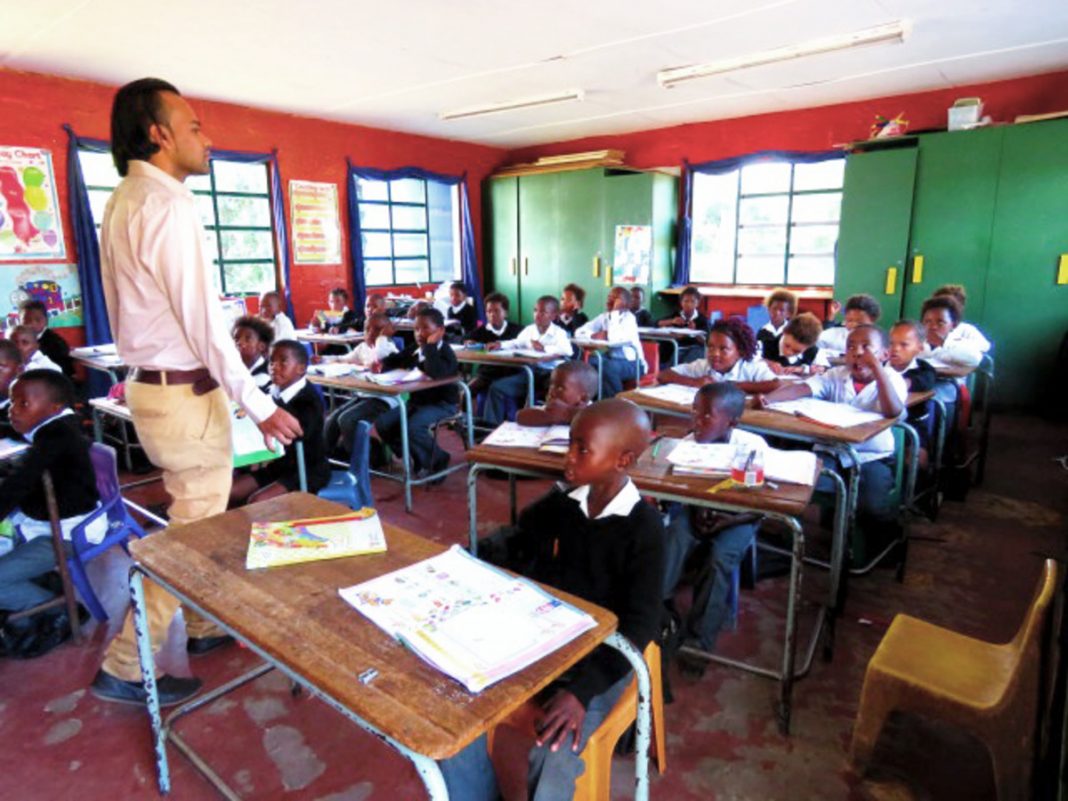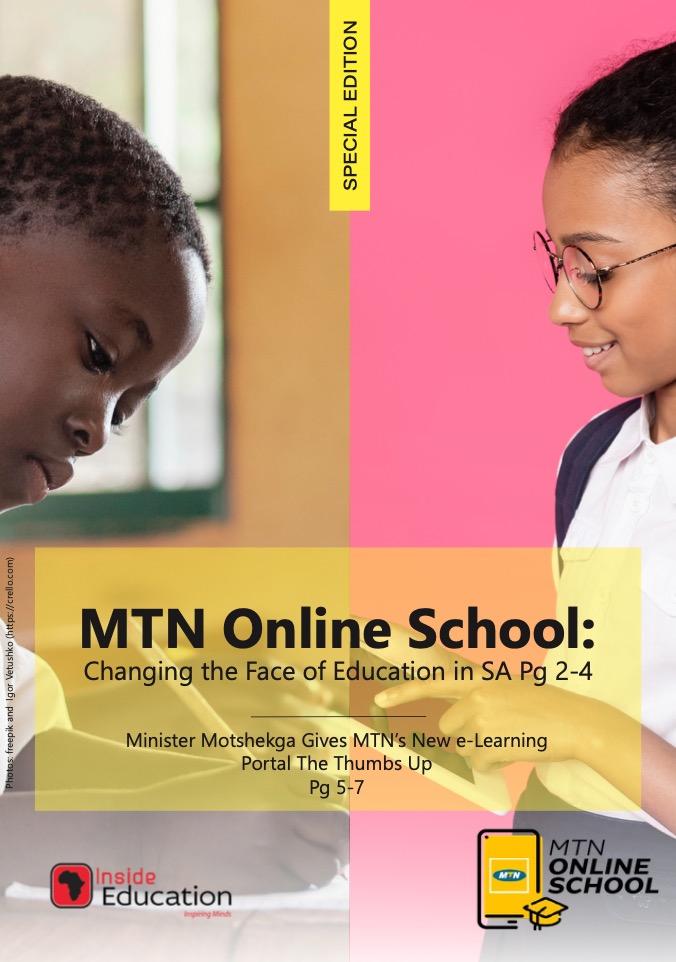A common refrain from teachers who bemoan the fact that children struggle to follow simple instructions, even moments after they’ve been given.
Rather spend a few extra minutes going over directions than wasting tons of precious time trying to unravel chaos!
Here are I’ve got 5 strategies that will, hopefully, end all this frustration and get your class back on track!

1. When I Say “Go”
Every single time you give directions, insert the magic phrase: “When I say ‘Go.’” Every. Single. Time.
When you’re giving a series of directions to children, they often hear just one part (usually the part that sounds most interesting) and forget the rest. As teachers are talking through the steps, they’re thinking about that one part and wanting to get started right away!
When kids are excited about what they’re going to do (or choosing their spot or finding their partner, etc.), they’ve switched into ACTION mode when we still want them in LISTENING mode.
Help students stay in listening mode longer by including the phrase “When I say ‘Go.’” This means that no one is moving or starting their work until I’ve said my magic word.
“In just a moment, I’ll send you off to get started on your monster story. When I say ‘Go’ I want you to grab your supplies, choose your smart spot, and get started quietly.“
2. Repeat to a Partner
Having students repeat the steps to a partner is a powerful way to improve the chances of everyone knowing and following directions.
As you give directions, many students lose track of the steps even though they were listening. Before moving into ACTION mode, have students turn to a partner and explain what they are about to do.
“In just a moment, we’ll get started. But let’s see who remembers what we’re going to do. Turn to your partner and tell them the five steps.“
If you notice any student/s who aren’t sure of the directions, ask for a volunteer who you think is confident enough to share the steps with the entire class. Then have everyone turn back to their partner and try again.
3. Post the Steps
I have discovered that one powerful way to help students understand and follow directions is to post simple reminders of the steps they’ll be taking.

After posting the reminder cards, jot down any additional reminders off to the side of each step. The cards simplify the steps and offer a visual reference for students, so if anyone has trouble remembering what to do, they know exactly where to look.
4. Mirror Modeling
Most teachers are already in the habit of modeling for students. You show the exact steps students will take and talk them through our actions. But, to make this even more powerful, have students copy what you are doing, acting out each part like little mimes.
When you add in movement, students can’t just zone out! You can easily see who is paying attention and who is missing the directions.
5. Guided Release
The idea with guided release is that you slow down the transition from listening to action and make sure that everyone knows exactly what to do.
After giving directions, ask for a few volunteers to go first and demonstrate what will happen next. For example, if you’re beginning math stations and you’d like students to walk quietly to their first spot and get started right away, choose a few students to model this for the rest of the class.
As the models begin, ask students to point out what they notice. (Cassie is walking. Jabu got started right away.) If you think the rest of the class is ready, then send them all off, or send another small group to continue modeling.
With this strategy, it’s easy to get the entire class started on their next activity without a single off-task student or missed step.
A Class That Follows Directions
The strategies above can be stacked and combined in various ways to ensure that everyone in your class knows exactly what to do and actually does it.
With simple changes to routines and language, you can help learners make better choices, engage in learning, and grow into their best selves.







